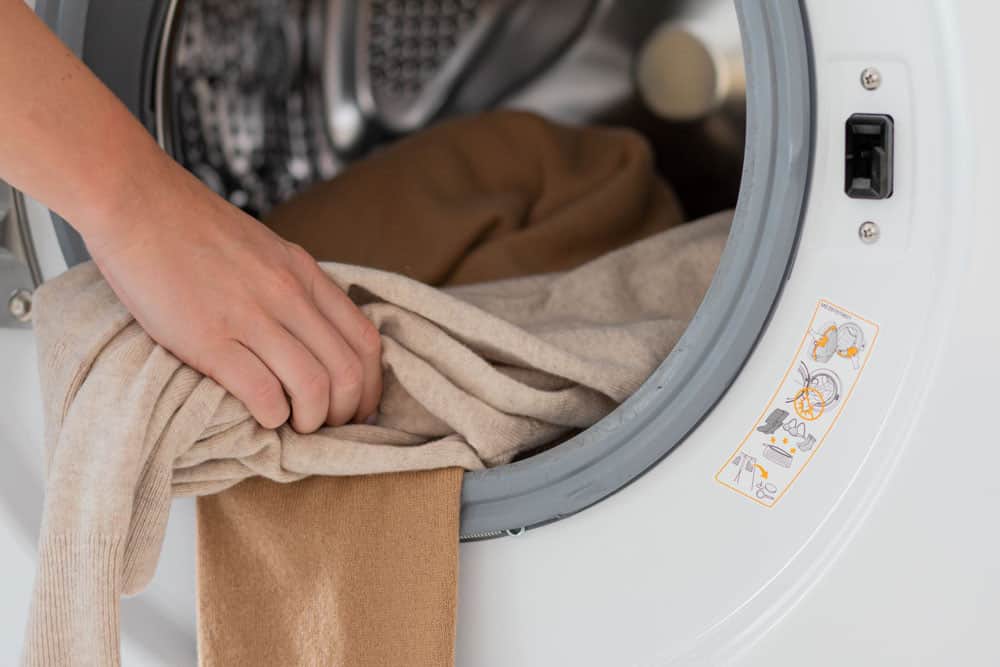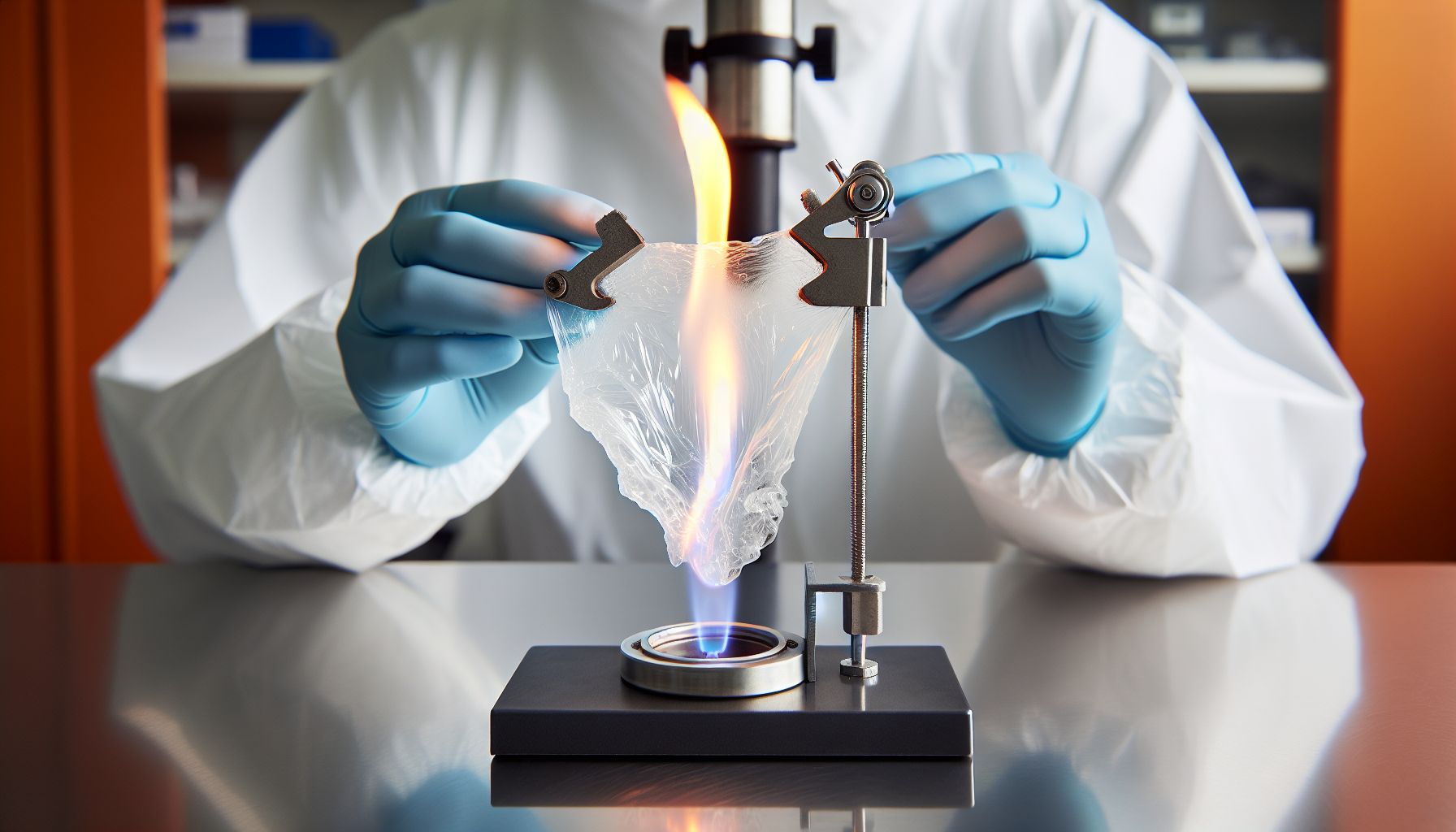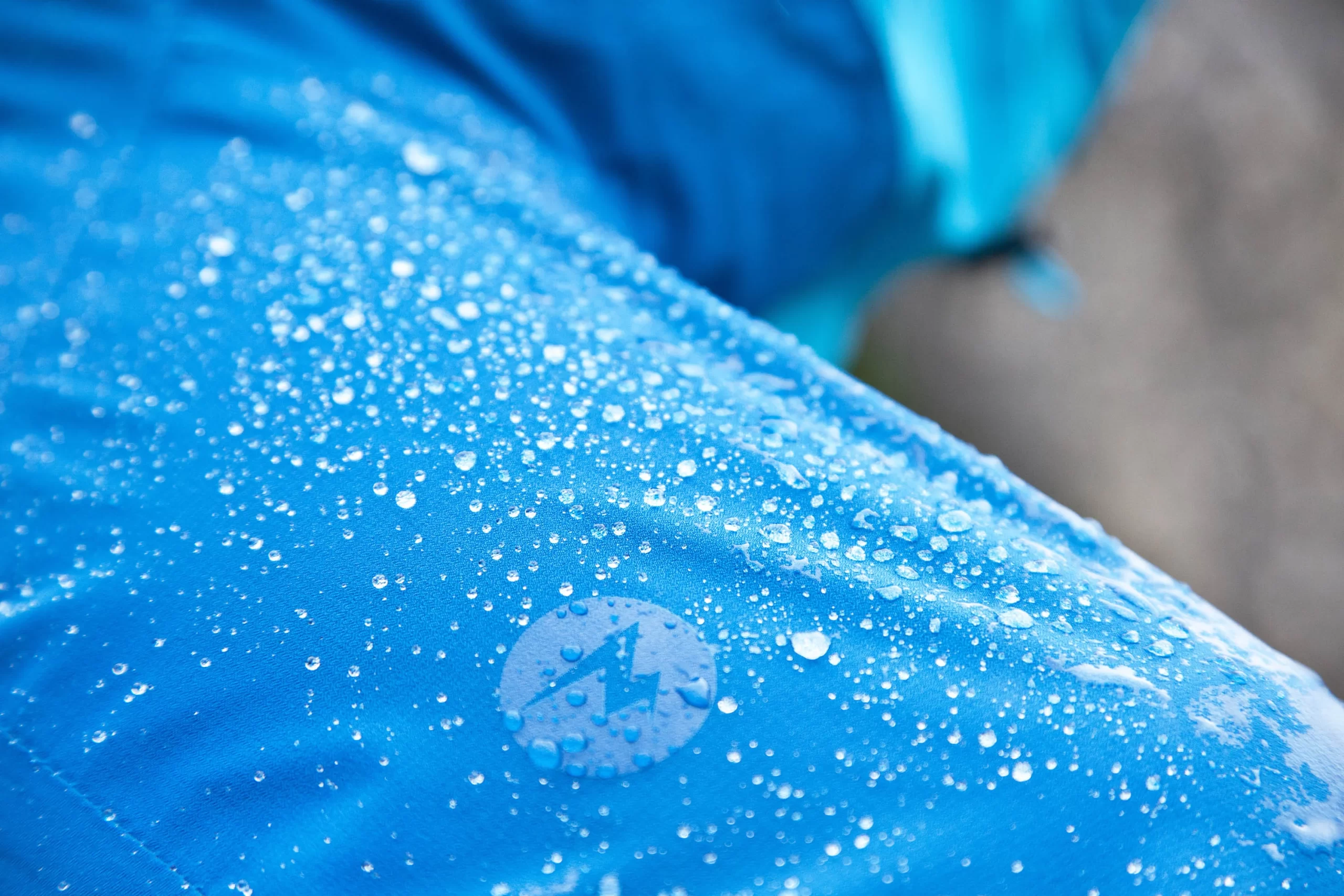In this article, we will share with you the complete guide to Shrinkage Test…
Testing methods, Standards and Institutions for Textiles
Table of Contents
First, what is the correct testing method for textiles?
What is most important in textile testing is to reduce errors, and there are four factors that will lead to testing errors: environmental error, sampling error, measurement and instrument error, personnel operating error.
1 Environmental Error
The standard atmospheric conditions specified in international standards are as follows:
Temperature is 20 ℃(27 ℃if in the tropics), relative humidity is 65%, atmospheric pressure is 86 – 106kpa. The specific standards must depend on the geographical environment of various countries. Standard atmosphere has three levels, which shall be set according to different testing requirements:
A) First-class standard: temperature 20℃±2℃, and relative humidity65%±2%.
B) Secondary standard: temperature 20℃±2℃, and relative humidity 65%±3%.
C) Three-level criteria: temperature 20℃±2℃ and relative humidity 65%±5%.
The standard atmospheric conditions are stipulated in the test, and samples must be placed in the standard atmosphere for a period of time before the test to reach the equilibrium moisture regain after absorbing moisture. This process is called humidifying treatment.
A) During the period of humidifying treatment, the air should be allowed to flow freely through the samples to be tested until it reaches the moisture absorption balance with the air.
B) The time for humidifying treatment is generally more than 24 hours for natural fiber textiles and 4 hours for synthetic fiber textiles.
C) No interruptions are allowed in the process of humidifying treatment, if interruption cannot be avoided, the process must be re-regulated in accordance with the provisions.
In addition, when the samples are relatively humid (the actual moisture regain is larger than the nominal moisture regain), in order to ensure that the sample can reach the moisture balance in the hygroscopic state, a pre-conditioning is necessary. So the sample is placed in the atmosphere with a relative humidity of 10% – 25% and temperature of no more than 50℃, making it close to equilibrium. Generally, the requirement can be reached when the pre-conditioning lasts for 4 hours.
2 Sampling error
There are several sampling methods in conducting sampling in the laboratory:
A) Pure random sampling
Pure random sampling, or simple random sampling, is to take several samples from the whole so that every unit product in the whole can be sampled equally. Technically, pure random sampling is the most consistent with the random principles of sampling, so it is the basic form of sampling. But in case of huge contingency in the actual practices, the representative of pure random sampling is not as good as that of group resampling.
B) Systematic sampling
Systematic sampling is a method to queue the whole samples with certain signs, and then select samples at the same distance. It can distribute the samples evenly in the whole and make the sample more representative. However, if the product quality fluctuates regularly and coincides with the systematic sampling, the system error will occur.
C) Representative sampling
Representational sampling is to draw upon statistical grouping method to divide the whole samples into several representative groups, and use pure random sampling or systematic sampling within the groups to sample from each group separately, and then merge each part of the sample into a sample group.
D) Stage sampling
Phased sampling is that from the whole remove a part of the samples, from which the samples are selected.
In the preparedness of samples, attention should be paid to keep the distance between the sample and the cloth edge at least 150 mm, the length direction of the cut sample parallel to the warp or weft direction of the fabric, and to make sure each sample excludes the same warp or weft. In order to ensure the dimensional precision of the sample, the sample should be cut only after the realization of moisture balance.
3 Measurement methods and instrument errors
Choosing the appropriate measurement method and executing the test program correctly are the objective conditions to ensure the normal operation of the test, and the stability of the test instrument is an important basis to reduce errors.
4 Personnel Operational Errors
In the process of testing, the inspector is the main cause of testing error. Inspectors are not familiar with technology, carelessness of inspectors and so on will cause test errors. Therefore, inspectors should compete for posts, regularly carry out inspection knowledge assessment and detection error and leakage rate assessment, so as to improve the hard strength of inspectors.
Common Textile Testing Standards
1 Definition of textile standards
Standard Definition: Uniform provisions for repetitive things and concepts. Definition of textile standards: Textile standards are guidelines and basis for common compliance in the field of textile production and textile circulation issued in a specific form by consensus of the relevant parties, based on the comprehensive achievements of textile science and technology and textile production practices, with the approval of the competent authorities.
2 Types of Textile Standards
Textile standards are mostly technical standards and can be divided into basic textile standards and textile product standards according to their contents.
Basic standards include basic technical standards and standards for testing methods.
Textile testing standards are a unified regulation for testing methods in terms of the structure, performance and quality of various textile products.
Textile product standards are a unified regulation for the variety, specifications, technical requirements, evaluation rules, test methods, inspection rules, packaging, storage and transportation of textile products.
3 Classification of Textile Testing Standards
International Standards: ISO, IEC, GATT
Regional standards: CEN, CENEL, ASAC, PASC, ARSO
Chinese National Standard: GB/FZ
American National Standard: ASTM
American Association of Dyeing and Chemical Authors: AATCC
EU Standards: EN
Japanese Industrial Standards: JIS
Australian National Standards:AS
British National Standards: BS
French Standards: NF
German Standard: DIN
Korean Industrial Standard: KS
In trade practice, product quality certification is divided into “self-certification” and “third-party certification”. Self-certification is conducted on the basis of the full recognition of the testing conditions of the exporter’s enterprises by both sides of the trade. In order to ensure quality, it is necessary to seal samples of products ready for export in the course of trade. For third-party certification, the mainstream form of international trade, third-party as an “independent testing agency (laboratory)” can objectively reflect the quality of products, and treat both sides of the trade fairly and fairly.
Major Inspection Institutions at Home and Abroad
1 Swiss General Notary Bank (SGS: Societe Generale de Surveillance S.A.)
Founded in 1887, it is one of the largest and oldest private third-party multinational companies that engages in product quality control and technical appraisal in the world. Headquartered in Geneva, Switzerland, it is the leader and innovator of global inspection, identification, testing and certification services, as well as the recognized global benchmark of quality and integrity.
SGS Wikipedia: https://en.wikipedia.org/wiki/SGS_S.A.
SGS official website: https://www.sgs.com/
2 ITS: Intertek Testing Services
Headquartered in London, UK, Tianxiang Group is one of the world’s largest companies that engages in the test, inspection, and certification for industrial and consumer goods.
Intertek Wikipedia: https://en.wikipedia.org/wiki/Intertek
Intertek: https://www.intertek.com/
3 BV: Bureau Veritas
Bureau Veritas, founded in 1828 and headquartered in Paris, France, is a world-renowned international inspection and notarization group. Its services focus on quality, health, safety and environmental management and social responsibility assessment.
Note: MTL was originally a well-known testing company in the United States. It enjoyed the same reputation as SGS and ITS in the field of testing and was later acquired by BV.
BV Wikipedia: https://en.wikipedia.org/wiki/Bureau_Veritas
BV official website: https://group.bureauveritas.com/
Of course, in order to ensure the accuracy of the test, we need to find different persons to test, and after testing with our own instruments, we also need third-party instrument testing as a comparison, if there is no deviation, the final test results are determined.
TESTEX, a professional manufacturer of textile testing equipment since 2008





This Post Has 0 Comments